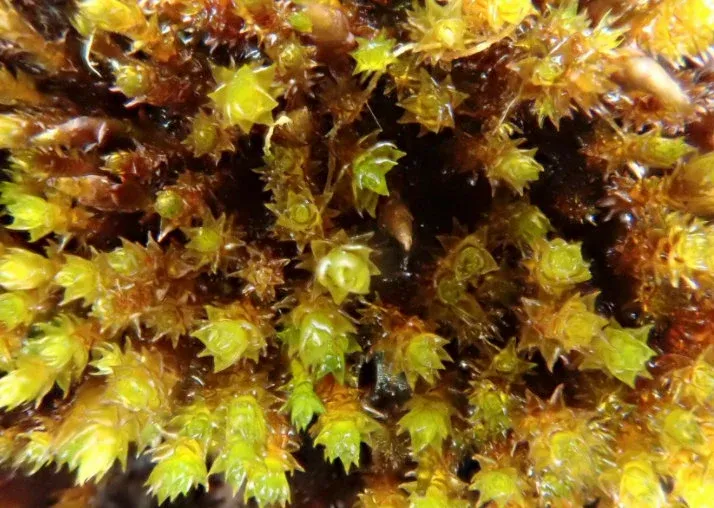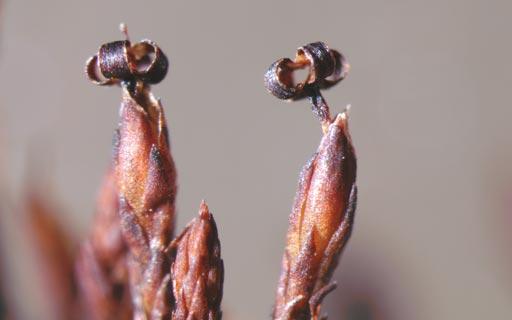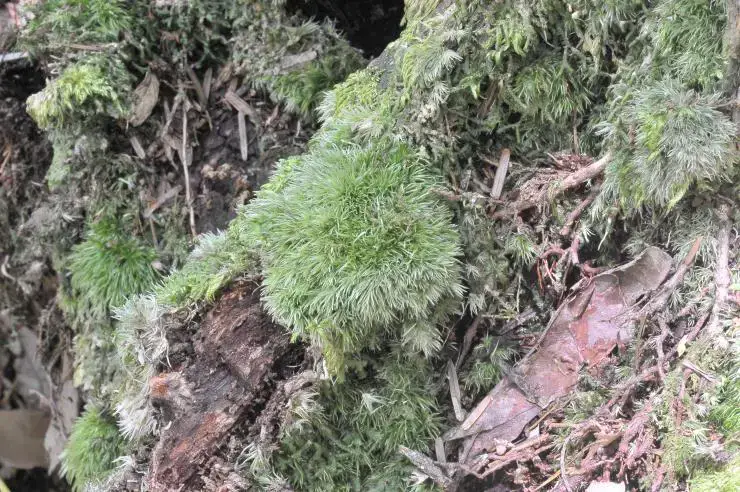
il_fullxfull.3021959034_bzf5.jpg from: https://www.thebryophytanursery.com/listing/989144102/terrarium-red-moss-andreaea-alpina-with
Introduction
In the vast and captivating world of bryophytes, the Andreaea nana Müll.Hal. moss stands out as a true marvel. Belonging to the Andreaeaceae family, this diminutive yet resilient species has captured the hearts of moss enthusiasts worldwide. Let’s embark on a journey to unravel the secrets of this extraordinary plant.

5856d54f21c593d9017a4c708465902e.jpg from: https://taieol.tw/muse/digi_object/944be5363af1050246cc941b5ca41998
Background
Before delving into the intricacies of Andreaea nana, it’s essential to understand its place within the Bryophyta division. Bryophytes, often referred to as the “ancient lineage of land plants,” are non-vascular plants that lack true roots, stems, and leaves. They are divided into three classes: Marchantiopsida (liverworts), Bryopsida (mosses), and Andreaeopsida (granite mosses or black mosses).
Main Content
Morphology and Identification
Andreaea nana

andreaearues1L.jpg from: https://digital-museum.hiroshima-u.ac.jp/~museum/habit/moss_habit/Andreaea rupestris fauriei/Andreaea_rupestris_fauriei.html
is a tiny, dark-colored moss that forms dense, cushion-like tufts on rocks and boulders. Its leaves are ovate-lanceolate, meaning they are egg-shaped and gradually taper to a point. These leaves are imbricate, overlapping like shingles on a roof, providing protection and insulation for the delicate plant body.
One of the most striking features of Andreaea nana is its unique

16083595bb6b5297d4932aee5f359826.jpg from: https://openmuseum.tw/muse/digi_object/2355523fe7d6b11d4b7a8ac495911fd7
sporophyte structure. Unlike most mosses, the sporophyte of Andreaea species is elevated on a pseudopodium, a false stem-like structure. This adaptation allows the spore capsules to be raised above the surrounding vegetation, facilitating spore dispersal.
Global Distribution and Habitat
Andreaea nana is a cosmopolitan species, meaning it can be found on multiple continents. It thrives in cool, moist environments, often inhabiting rock surfaces, boulders, and cliffs in mountainous regions. This moss is particularly abundant in the Northern Hemisphere, with populations found in Europe, Asia, and North America.
Despite its widespread distribution, Andreaea nana is considered a specialist species, preferring acidic substrates and areas with high humidity and consistent moisture levels. Its ability to colonize and persist in these harsh environments is a testament to its remarkable adaptations.
Ecological Roles and Adaptations
Andreaea nana plays a crucial role in the ecosystems it inhabits. As a pioneer species, it is often one of the first plants to colonize bare rock surfaces, paving the way for other organisms to establish themselves. Its dense cushions provide microhabitats for various invertebrates, contributing to the overall biodiversity of the area.
This moss is well-adapted to its harsh environment, exhibiting several remarkable traits. Its dark pigmentation helps protect it from intense UV radiation, while its compact growth form and overlapping leaves minimize water loss. Additionally, Andreaea nana possesses specialized rhizoids (root-like structures) that securely anchor it to the substrate, preventing dislodgement by wind or water.
Case Studies/Examples
One notable example of Andreaea nana’s resilience can be found in the Arctic regions. In these extreme environments, where temperatures can plummet to well below freezing, this moss has developed remarkable cryoprotective mechanisms. By producing specialized sugars and proteins, it can survive prolonged periods of freezing and desiccation, reviving once conditions become favorable again.
Technical Table
| Characteristic | Description |
|---|---|
| Phylum | Bryophyta |
| Class | Andreaeopsida |
| Order | Andreaeales |
| Family | Andreaeaceae |
| Genus | Andreaea |
| Species | Andreaea nana Müll.Hal. |
| Common Name | Andreaea, Granite Moss, Black Moss |
| Growth Form | Cushion-like tufts |
| Leaf Shape | Ovate-lanceolate, imbricate |
| Sporophyte | Elevated on a pseudopodium |
| Habitat | Rock surfaces, boulders, cliffs |
| Distribution | Cosmopolitan, Northern Hemisphere |
| Adaptations | Dark pigmentation, compact growth, specialized rhizoids |
Conclusion
Andreaea nana Müll.Hal. is a true testament to the resilience and adaptability of bryophytes. Despite its diminutive size, this moss has carved out a niche in some of the harshest environments on Earth, thriving where few other plants can survive. As we continue to explore and appreciate the wonders of the natural world, let us ponder this thought-provoking question: What other remarkable adaptations might this unassuming moss possess, waiting to be discovered?